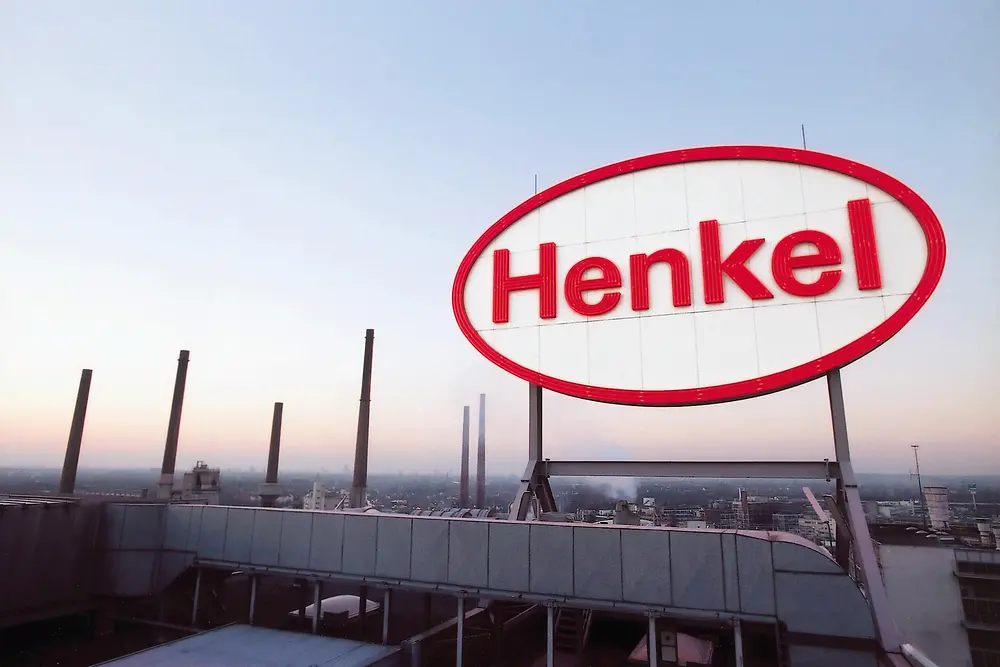The plastic that is collected by local communities is sorted and processed, and then integrated into recycling value chains as Social Plastic®
In collaboration with Ampacet, Henkel is developing an innovative solution for black plastic packaging that is fully recyclable.
In collaboration with Ampacet, Henkel is developing an innovative solution for black plastic packaging that is fully recyclable.
Social Plastic – plastic collected before it enters oceans and waterways, which provides money, goods and services for collectors in developing nations – has also been introduced into Henkel’s Pro Nature range of cleaning products. Borger says the laundry and home care packaging team are keen to incorporate it into more brands too. “We would love to put more recycled material and Social Plastic into our packaging, and we have a lot of products where they would fit well,” she says. However, sourcing large amounts of social and recycled plastic is currently a big challenge.
Working with packaging manufacturer Mondi, Henkel has also managed to incorporate scrap plastic into flexible laminated packaging. Other innovations include fully recyclable black plastic bottles, which use an alternative carbon-free black colourant that is recognised by the near-infrared sensors used in plastic sorting machines. Developed in collaboration with Ampacet, it was introduced for toilet cleaning products in Germany in May, with further products to follow later this year.
All these solutions aren’t just good for the environment – they’re what customers want too. “We’re always listening to consumers and trying to adapt to their needs, and in terms of sustainability, we get a lot of feedback from them that that’s the direction they want us to go in,” says Borger.
















